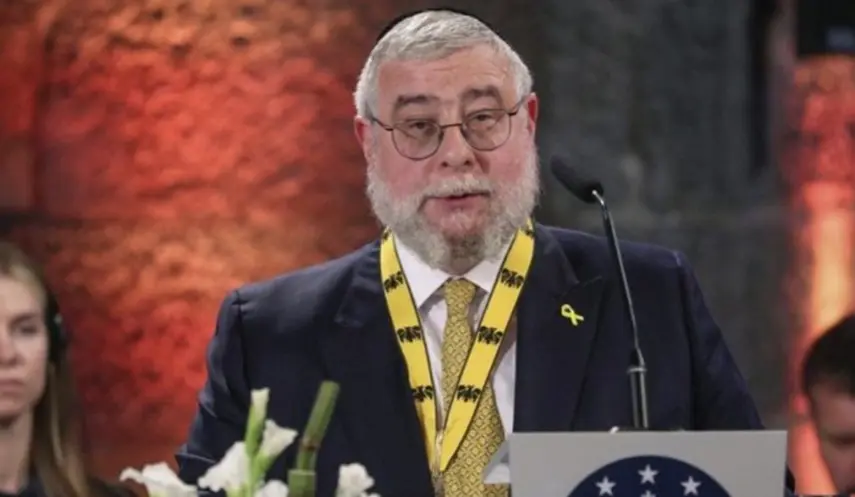KING ALEKSANDAR RECOGNIZED THAT WESTERN SERBS ARE THE GREATEST PATRIOTS
Republika Srpska - Banja Luka - sights /2/
06/03/2025
10:00

BANJALUKA, MAY 29 /SRNA/ - During the first ban of the Vrbas Banate Svetislav Tisa Milosavljević, the very center of what is today the largest city in the Republika Srpska was formed in Banja Luka, with the monumental buildings of Banski Dvor /Ban's Palace/ and the Ban's Administration.
When the Vrbas Banate was formed in 1929 and Svetislav Tisa Milosavljević was appointed as the first ban, there was a need to build a representative seat, and already in early 1931 a competition was announced in the Belgrade Politika and Sarajevo's Narodno Jedinstvo.
Although he was neither a native of Banja Luka nor Krajina, but a high-ranking officer and minister from Serbia who was transferred by King Aleksandar Karađorđević to one of the newly formed banates, under Milosavljević's banate the very center of Banja Luka was formed.
Ban Milosavljević wrote in his memoirs that at his farewell to Banja Luka, the king untied his purse, noting that "the Western Serbs, as the best part of the nation, deserve it".
"First of all, remember Tisa, that you are my personal choice for the position of ban - moreover, the ban of the Vrbas Banate, where you have a great national work ahead of you. There, Serbs are in the majority, and the best Serbs in terms of love for the homeland and patriotism in general...", said King Aleksandar.
Contemporaries say that the king and the government were indeed generous, but very often Tisa's negotiating skills and determination were of decisive importance.
Both buildings, the Ban's Palace and the Ban's Administration, were supposed to serve public needs, so that the construction site could be used as best as possible, and so that the architecture would be an ornament to the city, considering the existing Orthodox church.
"In a short time after the construction of the two palaces in the city center, about 700 small houses were demolished, and new modern buildings sprang up in their place," it was recorded in the Archives of Republika Srpska.
The ban worked and lived in the representative and residential Ban's Palace in the capital of the Vrbas Banate, only from St. Michael's Day, November 8, 1932, when it was moved in. That was also the third anniversary of Tisa's arrival in Banja Luka. /to be continued/

GOLDSCHMIDT: STILL WAITING FOR APOLOGY FROM BiH AUTHORITIES

POSSIBLE COOPERATION BETWEEN ALMAZOV RESEARCH CENTRE AND UNIVERSITY CLINICAL CENTRE

SARAJEVO "TROIKA" WANTS TO WEAKEN SNSD - THE BIGGEST OBSTACLE TO UNITARY BiH



